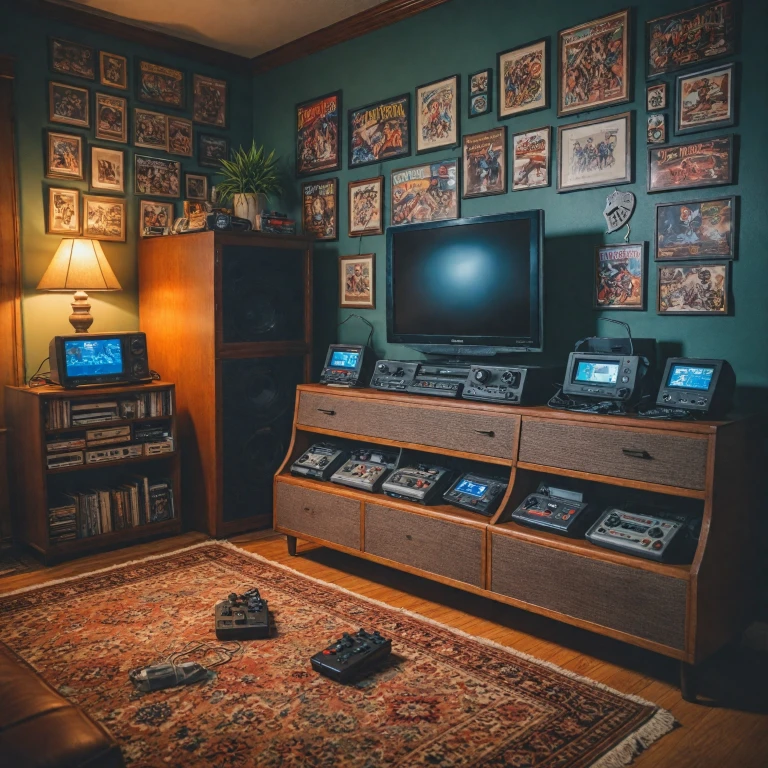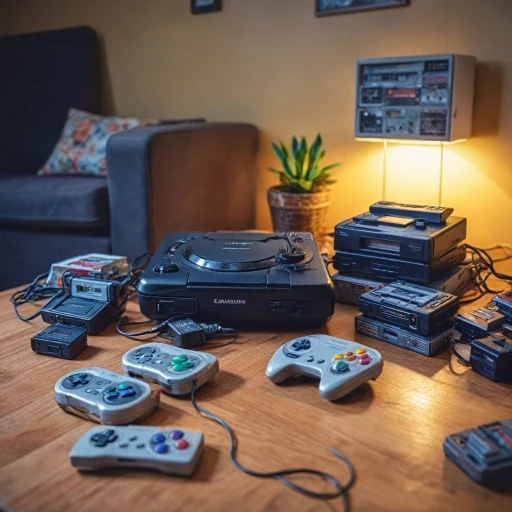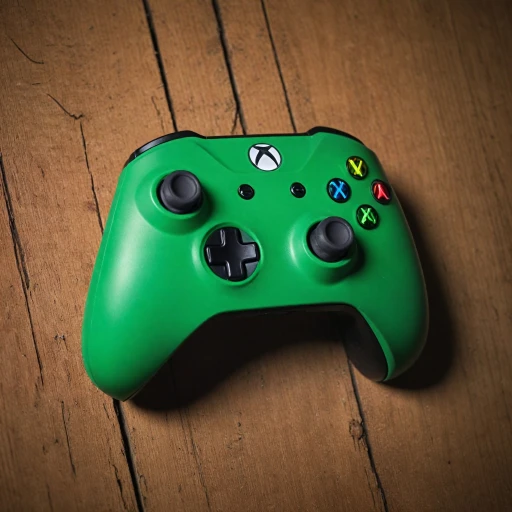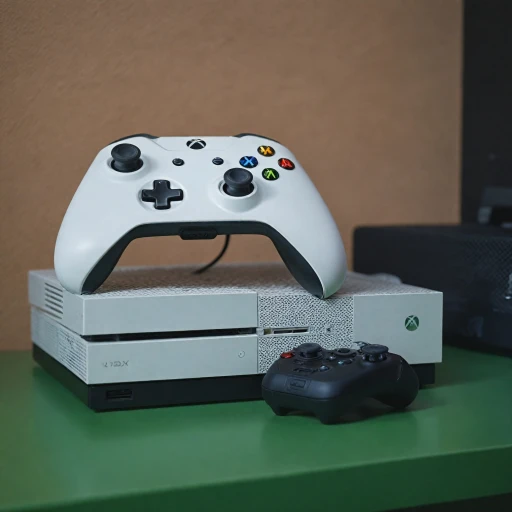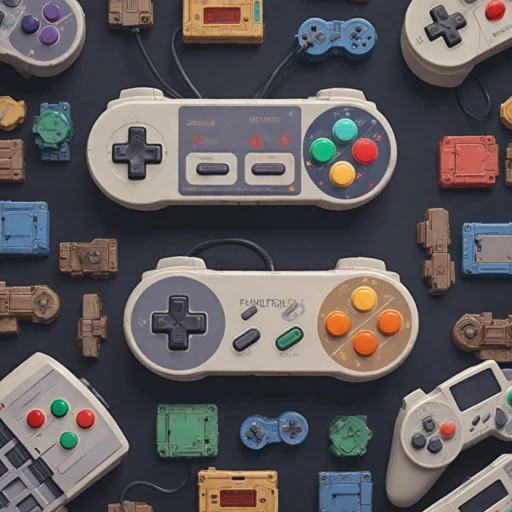
The Origins of TurboGrafx-16 and PC Engine
The Emergence of a Unique Gaming Concept
The TurboGrafx-16 and its Japan counterpart, the PC Engine, stand as intriguing markers in the timeline of video game history. Developed collaboratively by NEC and Hudson Soft, these systems took the market by storm with their innovative approach. Originally unveiled in Japan in 1987, the PC Engine was a remarkably compact console, especially notable when juxtaposed against the larger Nintendo systems of the time.
Around this period, NEC was a reputable electronics corporation, and Hudson Soft brought extensive know-how from its experience in creating engaging games. Together, they sought to create a system that could hold a significant place among gaming consoles. While not as globally recognized or widely adopted as the Sega Genesis or SNES, the duo carved out a loyal fan base, particularly due to its distinct and daring decisions in hardware development.
From Japan to North America
Initially, plans were focused on the console’s launch in Japan, where it was well received under the name PC Engine. Its cutting-edge 8-bit graphics alongside an attractive price point were significant draws for Japanese gamers. The venture's success in Japan spurred its development for the North American market. Rebranded as the TurboGrafx-16, it made its debut in North America in 1989. Despite an enthusiastic marketing push highlighting its technological prowess, the TurboGrafx-16 faced mixed reception against juggernauts like Nintendo and Sega, who had already gained substantial ground.
This intricate journey from inception to international presence laid the foundation for what would become a notable chapter in the history of game consoles. Its evolution over time brought several adaptations, including the introduction of the Super CD-ROM system and Arcade Card that expanded its gaming capabilities. These efforts showcased NEC and Hudson's determination to push the envelope in a fiercely competitive market, a narrative explored further as we delve into the console's unique features and broader cultural impact.
Unique Features and Hardware Innovations
Innovative Design and Technology
The TurboGrafx-16 and its Japanese counterpart, the PC Engine, were groundbreaking in their design and technology. Developed by NEC and Hudson Soft, these consoles were notable for their compact size and powerful capabilities, setting them apart from competitors like the Sega Genesis and Nintendo systems of the time. The PC Engine, in particular, was remarkably small, making it a favorite among gamers in Japan.
HuCard Format and Graphics
One of the most distinctive features of the TurboGrafx-16 was its use of HuCards, a unique ROM system that resembled credit cards. This format allowed for easy storage and portability of games, a significant innovation compared to the bulky cartridges used by other consoles. The console's graphics were also impressive, boasting a 16-bit color palette that provided vibrant visuals, even though the system itself was technically an 8-bit machine. This blend of technology gave the TurboGrafx-16 a competitive edge in the video game market.
Expansion and Accessories
The TurboGrafx-16 was designed with expansion in mind, offering a range of accessories that enhanced its capabilities. The addition of the CD-ROM drive, known as the TurboGrafx-CD, allowed for larger and more complex games, paving the way for titles that utilized the extra storage capacity. This innovation was ahead of its time, providing a glimpse into the future of gaming technology. Additionally, the Arcade Card expanded the system's capabilities further, allowing for even more advanced games to be played.
For more insights into the technological advancements of this era, you might find it interesting to explore the legacy of Sega Genesis and Mega Drive games, which were contemporaries of the TurboGrafx-16.
Game Library and Iconic Titles
Treasure Trove of Gaming: Highlights from the TurboGrafx Game Library
The TurboGrafx-16 and its counterpart, the PC Engine, are revered not only for their innovative hardware but also for their rich game library. These gaming consoles, driven by the collaborative prowess of NEC and Hudson Soft, brought a unique collection of titles that stood out against the contemporaneous offerings from Nintendo and Sega. One of the defining characteristics of the TurboGrafx's library is its extensive use of HuCard, a sleek and efficient format that differed significantly from the bulkier cartridges of other consoles. This allowed for easy storage and transportation, further cementing its status as a standout in the gaming scene at the time. The game catalog of the TurboGrafx consoles included some of the most memorable titles in video game history, drawing enthusiastic responses from both arcade and home gaming communities. Iconic platformers and shooters, such as "Bonk’s Adventure" and "R-Type," showcased the console’s ability to deliver graphically vibrant and musically rich experiences. These titles, along with many others like "Power League" and "Ys Book I & II," featured impressive audio and visuals that pushed the boundaries of what was possible with the 16-bit hardware. Additionally, engine games such as "Dungeon Explorer" and "Soldier Blade" offered compelling narratives and complex gameplay mechanics that appealed to a wide range of gamers. The library also featured innovative game styles and concepts that would later influence game development practices in Japan and beyond. In today’s digital age, many of these games have been preserved and can be accessed via various platforms. For instance, the Wii Virtual Console previously offered a select list of these beloved titles, keeping the legacy of the games alive for newer audiences. Moreover, the increased interest in retro gaming has spurred the development of emulators and ROM systems, allowing enthusiasts to relive these classic experiences on modern hardware. With the TurboGrafx's game library continuing to hold a special place in the hearts of many, its enduring appeal stands as a testament to the inventive nature and cultural impact of the console. Whether through verified purchases of original titles or through modern emulation, the authentic charm of the TurboGrafx's iconic titles provides a cherished link to gaming's past.Market Performance and Competition
TurboGrafx-16 and PC Engine in a Competitive Market
The launch of the TurboGrafx-16 and the PC Engine by NEC and Hudson Soft came at a time when the video game console market was becoming increasingly competitive. North America, in particular, was a challenging landscape dominated by industry giants. During the late 1980s and early 1990s, the TurboGrafx-16 found itself facing off against Nintendo's NES and the emerging Sega Genesis. The NES had already established a strong foothold with its 8-bit system, while the Genesis was introducing players to the power of 16-bit graphics. NEC's push with the TurboGrafx-16, also a 16-bit system, was a bold move to compete with these heavyweights.North American Struggles and Japanese Success
In North America, the TurboGrafx-16 struggled to capture a significant market share. A substantial factor in this was the limited availability of engaging titles tailored to Western tastes. While the system boasted an impressive line-up of games in Japan, the localization process lagged behind competitors. Consequently, this limited the TurboGrafx-16's appeal to the broader North American audience. Conversely, the PC Engine found considerable success in Japan, supported by a steady stream of popular titles and innovative hardware features. The console was able to leverage the popularity of titles developed by Hudson Soft, as well as the unique HuCard format, which offered convenience over traditional cartridge systems.Innovations Amidst Fierce Competition
Despite the stiff competition, NEC managed to introduce fascinating innovations during this era. The TurboGrafx-16 was one of the first consoles to support CD-ROM format through the TurboGrafx-CD accessory. This provided gamers with richer audio-visual experiences compared to cartridge-based systems. The dual nature of the TurboGrafx console and the PC Engine series allowed NEC to experiment with various add-ons and expansions, such as the SuperGrafx and the Arcade Card, further enriching their gaming ecosystem. These components enabled advanced graphics and larger game storage potential, showcasing NEC's technical prowess. In summary, while the TurboGrafx-16 might not have outperformed its competitors in terms of sales in North America, its presence in the global market was marked by innovative features and a unique library of games that left a lasting impression on video game enthusiasts. The system's legacy is still celebrated today by collectors and retro gaming fans alike.Cultural Impact and Legacy
Impact on Gaming Culture and Legacy
The TurboGrafx-16 and PC Engine, though not as dominant as their competitors, left a significant mark on the gaming landscape. In Japan, the PC Engine was a formidable contender against giants like Nintendo and Sega, thanks to its innovative use of the HuCard format and a robust library of games developed by NEC and Hudson Soft. These games, many of which were arcade ports, showcased the console's capabilities and helped it carve out a niche among video game enthusiasts.
In North America, the TurboGrafx-16 faced stiff competition from the Sega Genesis and Nintendo's consoles. Despite this, it managed to cultivate a dedicated fanbase. The console's unique hardware, which included the ability to expand with the Super CD-ROM system, offered gamers a different experience compared to its rivals. This expansion capability was ahead of its time, allowing for more complex and engaging games, which contributed to its lasting appeal.
Today, the legacy of the TurboGrafx-16 and PC Engine lives on through emulation and collecting. Enthusiasts continue to seek out these consoles and their games, appreciating the unique blend of innovation and nostalgia they represent. The availability of titles on platforms like the Wii Virtual Console has also introduced a new generation to the charm of these classic systems.
Moreover, the cultural impact of the TurboGrafx-16 and PC Engine can be seen in the way they influenced future game console designs and the development of video games. The emphasis on high-quality graphics and sound, as well as the introduction of the CD-ROM format, set a precedent for future consoles. As a result, the TurboGrafx-16 and PC Engine hold a special place in the history of gaming, remembered not just for their technological advancements but also for their contribution to the evolution of the gaming industry.
Collecting and Emulation Today
Modern Enthusiasm for Retro Gaming
In recent years, there has been a resurgence of interest in retro gaming, and the TurboGrafx-16 and PC Engine have captured the attention of collectors and gaming enthusiasts. These classic consoles, known for their distinct games and unique hardware, continue to hold a special place in the hearts of gamers worldwide. The nostalgic appeal and the drive to preserve gaming history are crucial factors in this renewed enthusiasm.Collecting: A Timeless Passion
For collectors, the TurboGrafx-16 and PC Engine represent more than just a chance to own a piece of gaming history; they offer a tactile connection to a pivotal time in video game evolution. Collectors often seek out:- HuCards: These innovative game storage solutions, resembling credit cards, are a key aspect of the console's unique charm.
- Rare Titles: Some games from the PC Engine's library, like "Power League," are highly sought after, especially in their original packaging.
- Region-Specific Variants: The allure of possessing both North American TurboGrafx-16 and Japanese PC Engine titles ads an exciting element to collecting.
